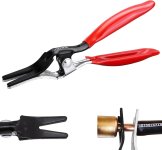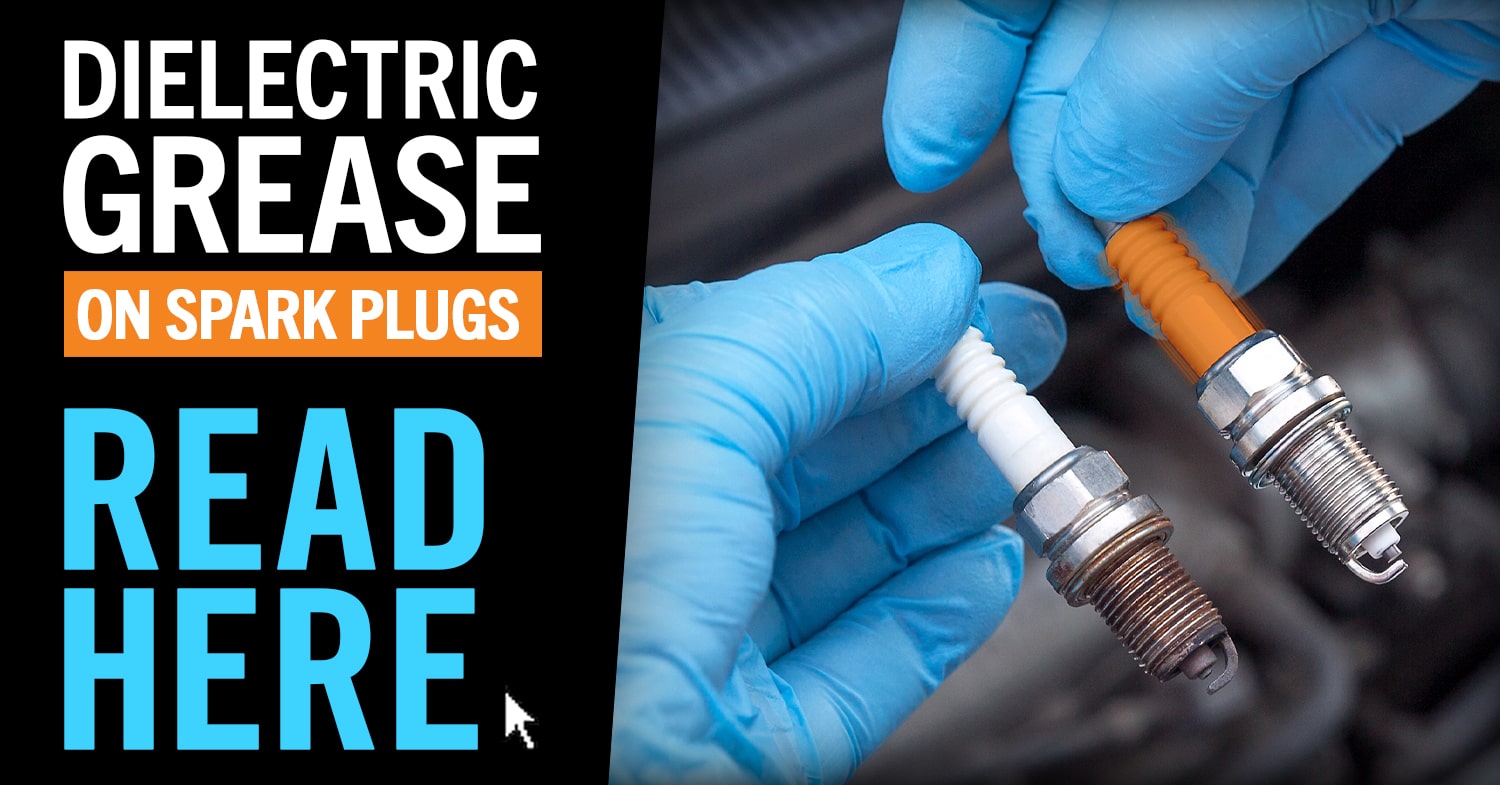spokewrench
Well-Known Member
- Region
- USA
I replaced the controller on my Aventon Abound. Generally, I find e-bike connectors difficult to disconnect, and this was especially bad. Vaguely I remembered a tool. Later I remembered what it was: my hose removal pliers. Using them might require me to put some sort of hose clamp on each half of a connection for the pliers to pry against. Besides, putting connectors together can also be difficult.
Decades ago, I learned that corrosion on car battery terminals usually comes from acid fumes seeping out around the terminals. A little silicone grease around the posts kept a battery clean and neat. I was careful not to get grease on the post because that was supposed to cause resistance. Then I read an article by a highly experienced electrical engineer who said silicone grease won't cause resistance in connectors because the sliding metal parts will push it out of the way. When he worked for RCA, they even used it on the contacts of television tuners. After that, I greased battery posts liberally. No problem.
Spark plug connectors have long boots so that when you try to start on a foggy morning, your spark won't escape along the wet porcelain. I had success using Permatex silicone dielectric grease on plugs, to increase the moisture rejection and make boots easier to remove.
I have used silicone grease on e-bike connectors, primarily so I can make and break connections a little better, and also to help keep them weather tight. There's still plenty of friction. Is it a good idea?
Decades ago, I learned that corrosion on car battery terminals usually comes from acid fumes seeping out around the terminals. A little silicone grease around the posts kept a battery clean and neat. I was careful not to get grease on the post because that was supposed to cause resistance. Then I read an article by a highly experienced electrical engineer who said silicone grease won't cause resistance in connectors because the sliding metal parts will push it out of the way. When he worked for RCA, they even used it on the contacts of television tuners. After that, I greased battery posts liberally. No problem.
Spark plug connectors have long boots so that when you try to start on a foggy morning, your spark won't escape along the wet porcelain. I had success using Permatex silicone dielectric grease on plugs, to increase the moisture rejection and make boots easier to remove.
I have used silicone grease on e-bike connectors, primarily so I can make and break connections a little better, and also to help keep them weather tight. There's still plenty of friction. Is it a good idea?
Attachments
Last edited:

